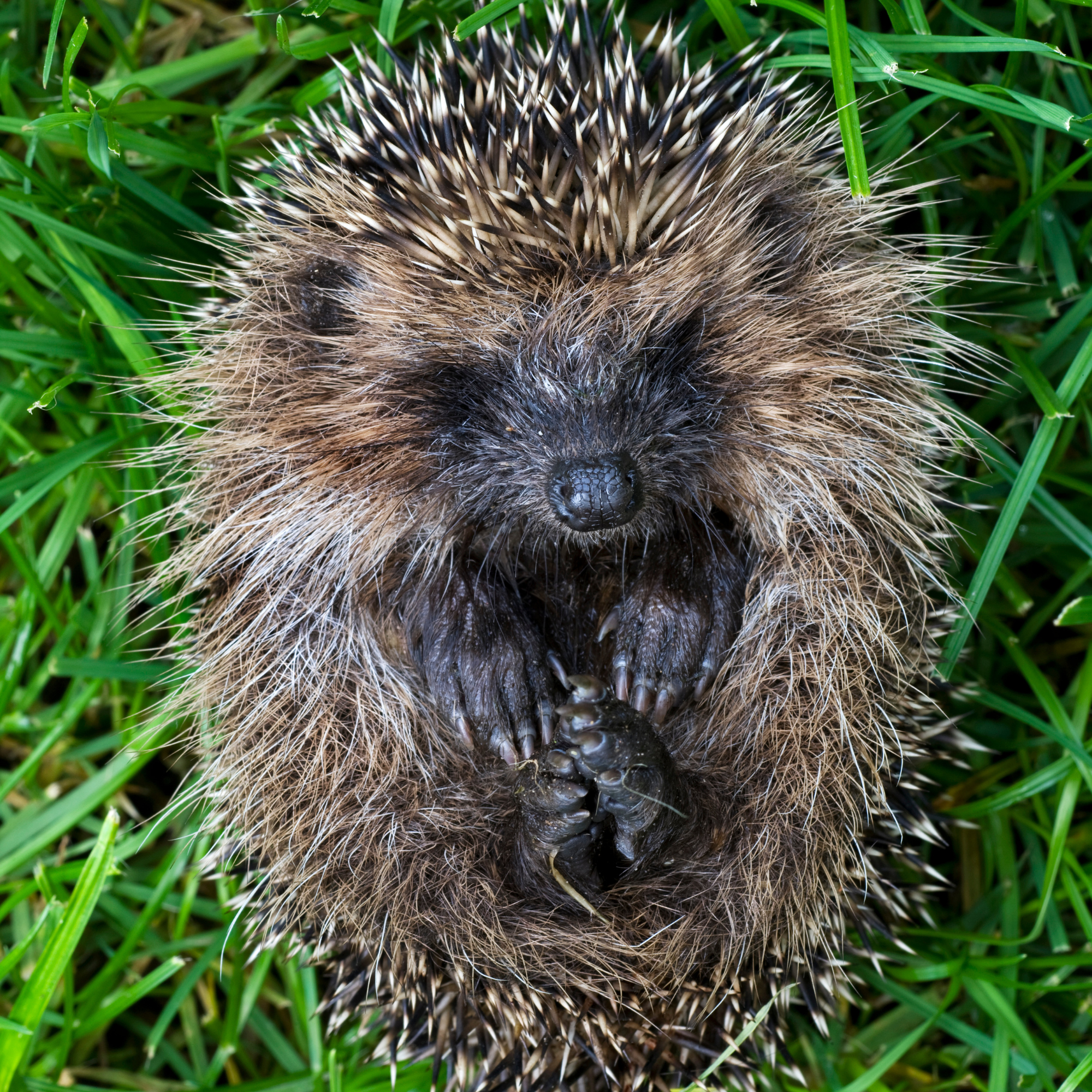
Gardening experts are urging us to leave our garden edges to grow wild this spring, providing a safe space for hedgehogs as they emerge from hibernation.
Of all the garden edging ideas, this one is perhaps the most unconventional. However, with the UK’s hedgehogs waking up this month from hibernation, it's more important than ever we give them a helping hand. European hedgehogs are now classified as near-threatened on the IUCN Red List, which is why the British Hedgehog Preservation Society is urging us to make our gardens more hedgehog friendly this month.
Leaving your garden edging to grow wild is one small thing you can do to help and fulfil your wildlife garden ideas this year. Wild edges give hedgehogs somewhere safe to nestle and feed, keeping them away from harm - this is everything you need to know.

How your garden edges will help hedgehogs
Of all the things you can do to make your garden a hedgehog friendly, leaving your garden edges to grow wild is probably the easiest - it requires little to no work on your part!
‘Spring is the perfect time to let the edges of your garden grow wild. Growing grasses and small shrubs can offer hedgehogs a natural foraging ground for insects and a haven to hide. This will reduce their need to wander into more dangerous areas, such as roads, in search of food,’ explains Leigh Barnes, Jacksons Fencing, who have partnered with The British Hedgehog Preservation Society.

Now, if you’re a fan of a freshly manicured garden, you don’t have to worry. We’re not asking you to let your garden go completely wild.
‘Simply dedicating your garden edges as wild areas will be enough to let wildlife thrive. Let the grass grow longer, allow plants to grow naturally, and avoid using pesticides and herbicides that can harm hedgehogs and their prey. By letting nature take its course, you'll create a vibrant ecosystem where hedgehogs can thrive alongside other wildlife,’ say wildlife experts at Pet Range.
‘Hedgehogs have been a quintessential part of British wildlife for generations. However, their populations have been dwindling over time due to habitat loss and changes in wildlife, which has impacted their diets. Therefore, it’s important to make sure our gardens are hedgehog-ready, creating a space for them to thrive while helping to maintain the balance of your garden’s ecosystem. With many hedgehogs coming out of hibernation in March and April, now is the perfect time for action!’
As well as letting your edges grow long, it’s also recommended you leave a gap in your fencing to allow hedgehogs through in their own ‘hedgehog’ highway. And while hedgehogs have a diet of insects, slugs, worms, and even small vertebrates, they can be a bit drowsy coming out of hibernation - so why not leave out special hedgehog food out so they can have a nutritious meal.
Hedgehogs can be drowsy after hibernation so provide them with a nutrious meal.
Hedgehogs are a beautiful addition to any garden, which is why we must protect them as much as we can - so, will you be letting your garden edges grow wild this spring?







